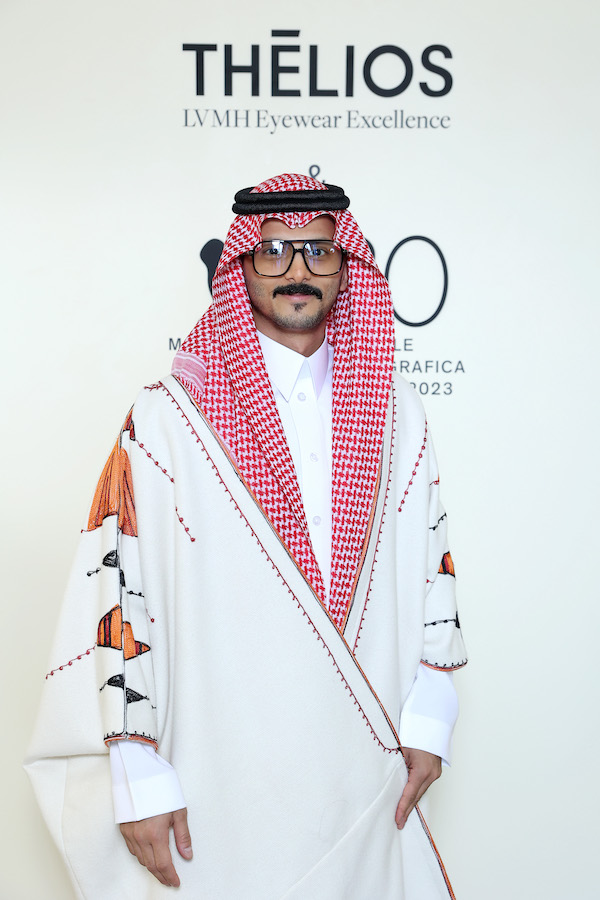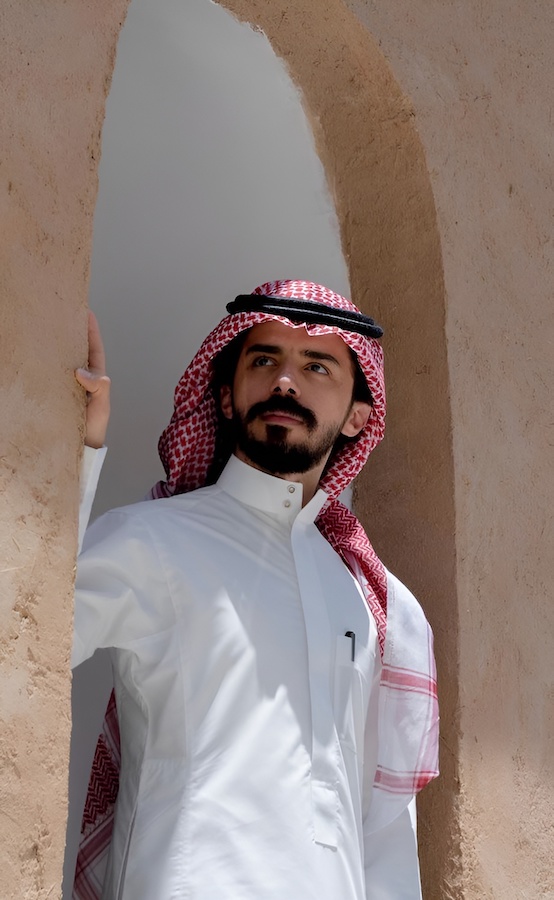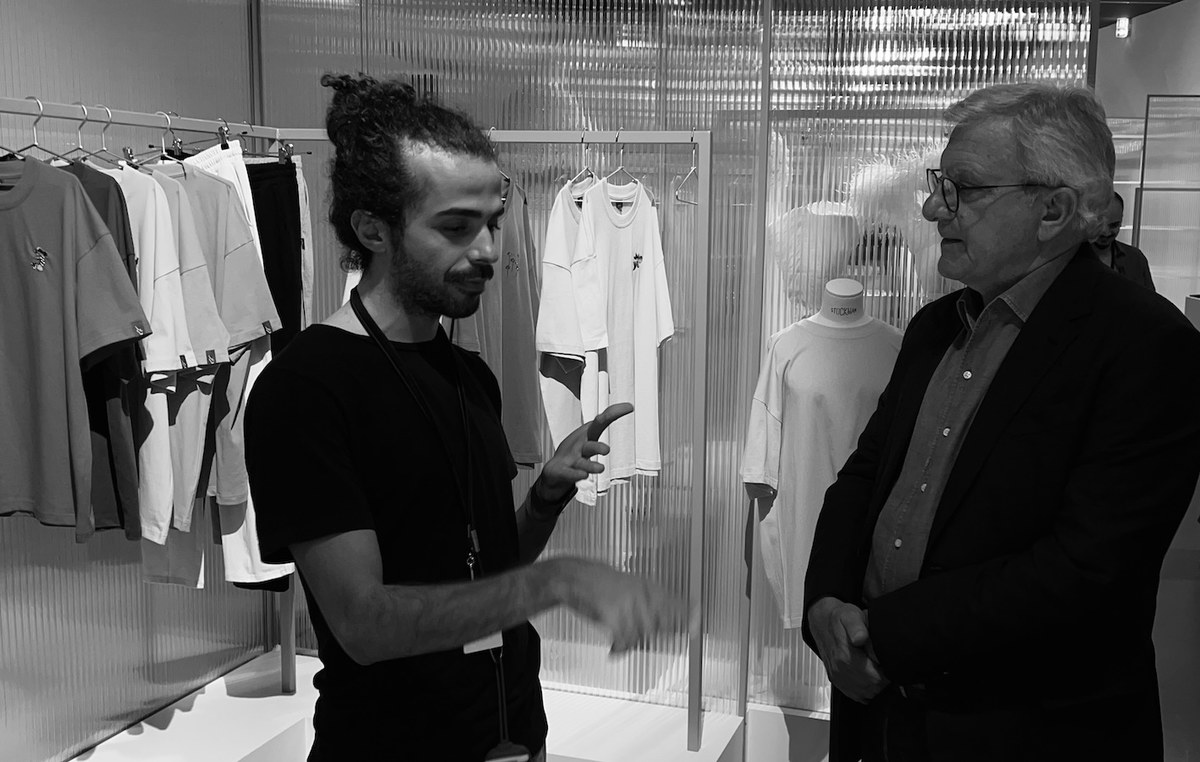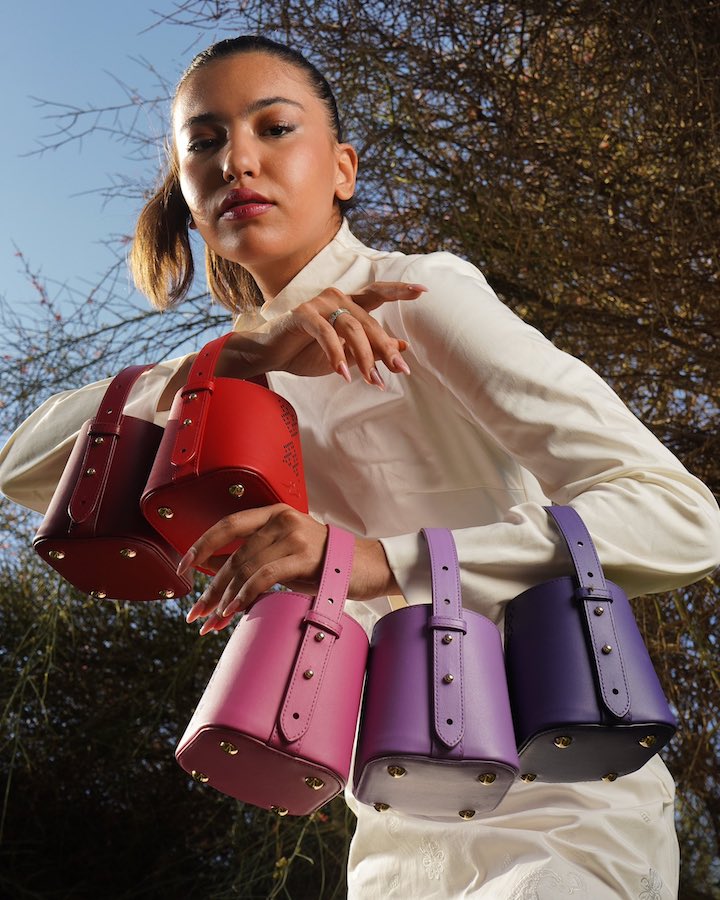Saudi horror film ‘The Cello’ premieres in Riyadh

DUBAI: There’s one picture that Saudi fashion designer Abdulrahman Al-Abed comes back to again and again. It was taken at the 2019 G20 Summit in Osaka Japan, and in it, Saudi Arabia’s Crown Prince Mohammed bin Salman stands front and center among other world leaders. It’s the Crown Prince’s fashion choice that catches the eye — in a sea of suits, he is proudly adorned in national dress. For Al-Abed, the founder of the groundbreaking fashion house Qormuz, this is all the proof he needs that Saudi fashion can change the world.
“We earn respect from people across the globe because of our strong culture, our unmistakable heritage,” Al-Abed tells Arab News. “Once, it was the Japanese kimono, from another culture of rich tradition, that inspired every brand in the world. Our culture has power that few people have yet realized.”
Al-Abed is a fan of history — both studying it and making it. Since founding Qormuz in 2017, the 28-year-old has built a brand unlike any other in the Kingdom, and this year he has started to capture the world’s attention. Just this month, a jubba he made for Saudi actor Mohamed El-Shehri went viral; it was the first time a man has worn customary Arab dress on the red carpet of the storied Venice International Film Festival. This, along with other viral moments from the past year, is only the beginning, he explains.
“Just yesterday, in fact, we finished mapping out the next phase for the brand,” Al-Abed reveals. “Over the first six years, we launched products in nearly every category in the fashion world — men’s and women’s fashion, accessories, perfume, jewelry and more. No matter where we expanded, however, each of those kept the spirit of the brand; each was imbued with a story, a culture, and an experience. Now, we’re thinking bigger.”

‘Bigger’ will include both ready-to-wear, everyday pieces and the avant-garde statement outfits designed for runways or red carpets. The latter is often misunderstood by the uninitiated, but those pieces do more to communicate the idea of a brand than most realize. It is in that space that fashion becomes art, and that is where Al-Abed will place his canvas, using the Kingdom’s history as his inspiration.
“We love to get people talking. At the same time, when we do this, it often inspires a fight. That is not something we look for, but I suppose it’s inevitable. If we’re taking inspiration from traditional garments and pieces of our country’s rich history and using them in ways that people have never seen before, then some people will be upset,” Al-Abed says.

“We need to respect our culture — on that we can all agree — but we need to do that with new ideas, and new designs,” he continues. “We need to bring these traditional ideas along with us to the future.”
In February, at the Saudi Cup in Riyadh, Qormuz debuted a dress called Al-Dalam on model Linda Qari. It was inspired by the pigeon houses of the region built in the early 20th century by King Abdulaziz, and it quickly became the most hotly-debated Saudi fashion piece in recent memory. While eye-catching, the strictly avant-garde piece did more than just create headlines for the brand, it intentionally evoked the rich history that inspired it, generating conversations about the country’s oft-forgotten origins. That, Al-Abed explains, was the real point.

“I love history, and I love the stories of our nation. I come from a family that values education —my mother and father and I all love reading together. Even now, just before we started this conversation, I was reading the journals of a British traveler who came here in 1862, and it’s full of observations about our culture,” Al-Abed says, getting it down off the shelf to show us. “This kind of study is where I get a lot of my ideas.
“With Qormuz, we love to tell a story,” he continues. “I’m inspired by brands like Dior. Dior does so many different things in all different categories just like we do, but the pieces have a strong linked identity because they’re so full of rich history that all comes from a unified vision. I’m inspired by that philosophy, but not their designs, per se. I think globally, but I act locally. I want to tell Saudi stories with my designs, and I believe that we will always have a success story if we have a strong story.”
As voraciously as he consumes the region’s history, there’s something deeply personal about Al-Abed’s interest in the academic. It was a passion sparked by his grandfather, who taught him how to be a man who lives for others, and who would regale him with the tales of Riyadh’s great past.

“My grandfather inspires me always — every day. I love to tell people about him. He was a man who loved his country. He loved King Abdulaziz, and loved what he built. He built things too — he was a doctor, and he helped build hospitals in areas where people had no money and needed help. Even now, when I travel to those villages, people still tell me about how my grandfather helped them. He’s been gone for 15 years, and I still think of him every day,” he says.
There’s a reason he constantly thinks back to King Abdulaziz too, and not just because he is Saudi Arabia’s founding father. He was also a man who had a vision for a society that did not yet exist, one that embraced its heritage while changing with the times. At times, he would battle against those who were against his changes, but he set the country on a bold path it still walks today.
That is precisely the way that Al-Abed thinks about fashion, and why Qormuz may be on its own path to becoming the Dior of Saudi Arabia. Above all else, it is his mission to not only embrace Saudi customs, but to dispel the idea that preservation means stagnation.
“We need a new mentality, and we need new designs. When we envision the next 50 years, what will happen with our thobe, for example? What will happen to our bisht, our shemagh? If you look back to the bisht of King Abdulaziz and compare it to the bisht of Crown Prince Mohammed bin Salman, the design has clearly evolved. Our challenge now is to imagine the next evolution ourselves, and to accept that change is necessary,” he says. “If you want perfectly preserved culture, go to the National Museum. At Qormuz, we’re looking to 2050.”





